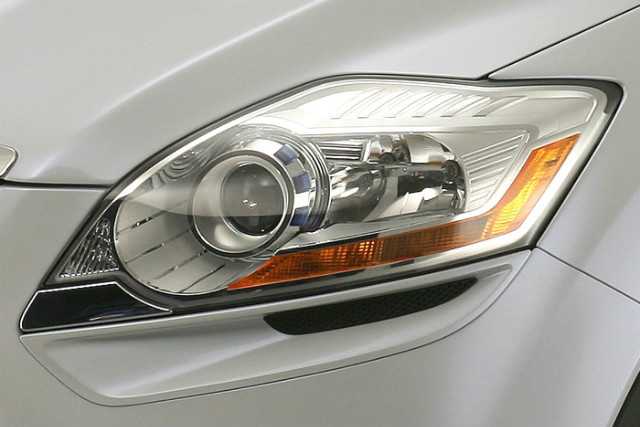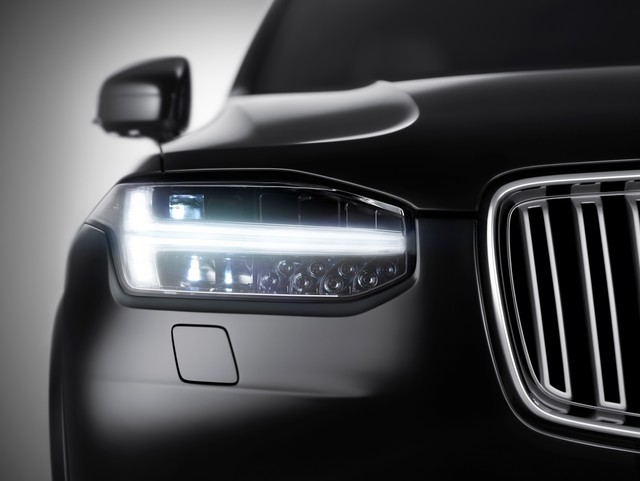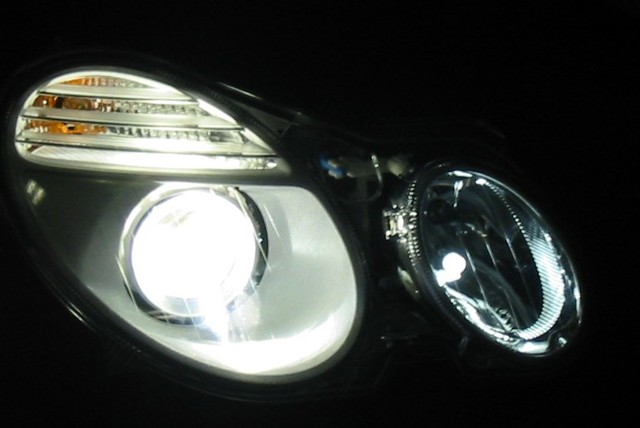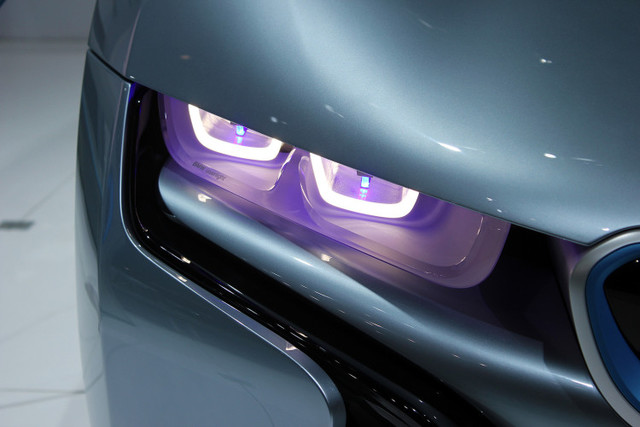When looking to buy a new car you may have noticed that they offer features such as ‘LED daytime running lights’ or ‘xenon headlights’, and these terms can be difficult to understand.
If you’re unfamiliar with the different types of headlights available for cars and their differences, then this is the guide for you.
Here’s our rundown of the different types of headlights you can get on new cars on sale today.
Halogen headlights

These are the most commonly used type of headlight for cars. Having said that though, this may no longer be the case in the near future with alternative types becomingly rapidly more common in recent years.
There are certain types of halogen bulbs, usually offered as an aftermarket product, which can improve either the brightness or efficiency of a ‘standard’ bulb. Examples include energy-saving bulbs, which are meant to last longer and reduce fuel consumption, and brighter alternatives which can be up to twice as bright as a standard halogen.
LED headlights

Numerous new cars nowadays offer LED daytime running lights, which are small lights that appear in addition to the standard headlights and switch on during any time of the day. But LEDs are increasingly become used for the main headlights and taillights as well.
These headlights/taillights are made up of several small LEDs grouped together behind the glass cover. Using LEDs for headlights has some advantages compared to halogen and xenon alternatives.
LED headlights have less components that can degrade then halogens and they’ll even likely last the lifetime of the car they are on. They also require less electricity then halogen headlights, and therefore put less strain on the battery and reduce CO2 emissions. They also have reduced glare compared to halogen or xenon lamps.
The only real downside of LED headlights nowadays are their cost and the possibility they can frost over during the winter. Both issues could be addressed though as this type of headlight increases in popularity.
Xenon headlights

Xenon headlights are known by other names including high intensity discharge or HID lights. Rather than use a metal filament like other headlights, Xenons create an arc of high-voltage current which forms a light in the bulb.
Some manufacturers offer ‘Bi-Xenon’ headlights, with the differences being that they use a single pair of bulbs rather than two pairs like standard.
Standard Xenon headlights can offer the best visibility, being up to four times brighter compared to halogen headlights. In the past they were only available on luxury cars but they since emerged on much more affordable family cars, albeit as a pricey factory-fitted option.
Aftermarket conversion kits to swap your standard headlights for Xenons do exist, and they can be a lot cheaper than official products. However, these are illegal in Britain and they can potentially dazzle oncoming drivers, even during the day.
Laser headlights

Laser headlights are a much newer entry when it comes to headlight options. For now, they are only available from a small number of premium brands but they’ll likely become much more common as time progresses. Laser headlights don’t simply project a laser, but rather a light created in part by one or multiple lasers.
Laser headlights have far more illuminating power than established alternatives, such as LEDs for instance and can deliver far greater range in comparison too. They can also be a lot smaller in comparison. That means these types of headlights are easier to package into cars.
Audi has been working on headlights for future cars which will use lasers for the high beams.
The BMW i8 became the first production car to offer laser headlights, albeit an optional extra that costs nearly £8,000.
Rarity and expensiveness are clearly the two main drawbacks of laser headlights nowadays, but it’s a technology worth keeping an eye on.




